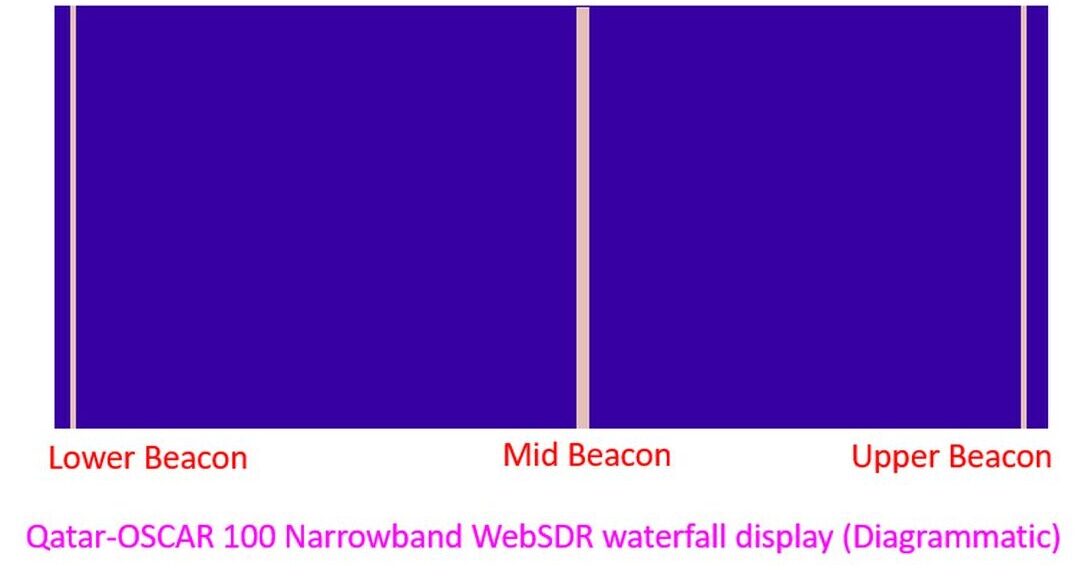What is a waterfall display in Ham Radio?
What is a waterfall display in Ham Radio?
In Ham Radio transceivers, waterfall display is an almost real time display of activity on a particular region of the amateur band. It is seen as a chart which changes over time with frequency on the horizontal axis and time on the vertical axis. Signal strength is represented by the colour density of the display.
A typical example of waterfall display can be seen live at the Qatar-OSCAR 100 Narrowband WebSDR https://eshail.batc.org.uk/nb/. In that display, the lower beacon, mid beacon and upper beacon can be seen always as moving vertical bars. When a station starts working, another band appears in between.

I usually monitor 10489.690 MHz waterfall which appears when the QO-100 India Morning Net starts at 7.00 am IST. When there is a short transmission, the waterfall starts at the bottom of the picture and moves up as the transmission stops. The next waterfall starts from the bottom with the next burst of transmission.
It is mentioned that AM transmissions will have a thick line with bright colour in the middle and lighter colours on the sides, though I would not expect an AM transmission on QO-100 WebSDR. Qatar-OSCAR 100 is currently the only Geostationary Amateur Radio satellite out there with uplink at 2.4 GHz and downlink at 10 GHz region. It covers a region from Brazil to Thailand and has been operational since 2018.